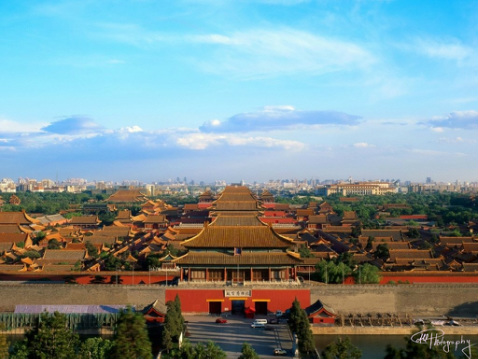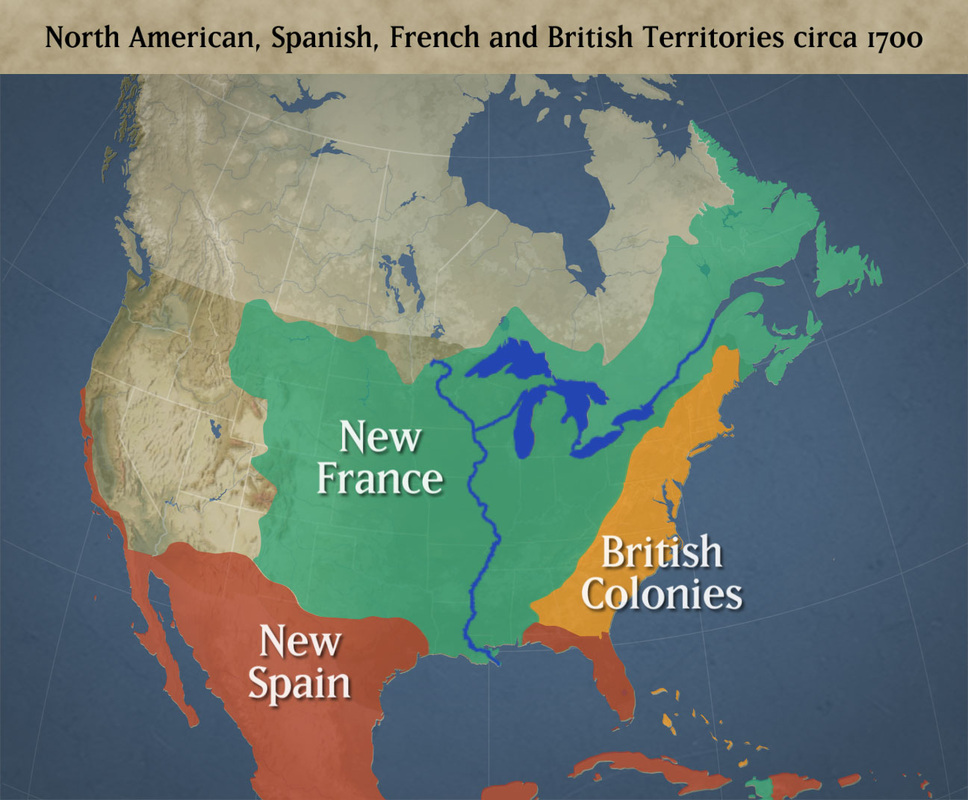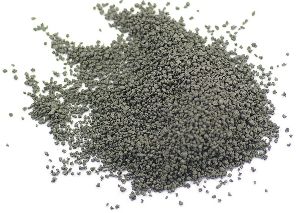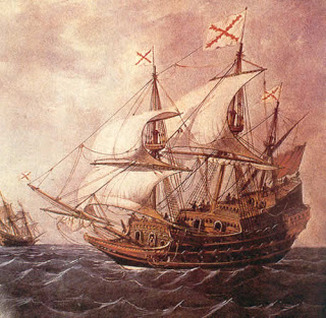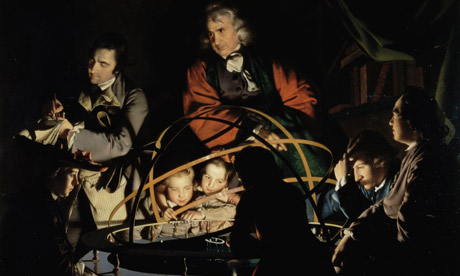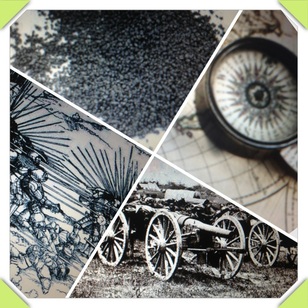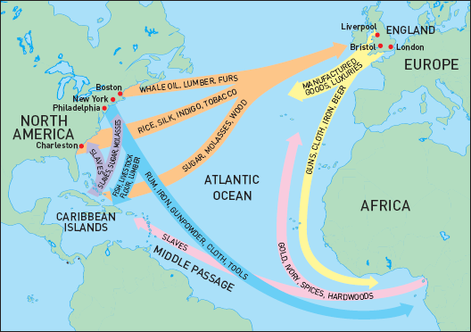AGMS by: Jessalyn Nelson
PRITE by: Elodie Chidiac
PRITE by: Elodie Chidiac
AGMSPRITE
Arts/Architecture
|
Art and architecture were greatly influenced by the imperial expansion and state consolidation that resulted from technology. In China during the Ming dynasty, the Forbidden City was constructed, which was used by the emperors to issue imperial edicts and expeditions around the world. The Taj Mahal was also constructed during this period of time in Agra, India. Many of the Muslim empires had similar architectural styles such as symmetry, angled arches, marble building materials, and ornate detail, which were a result of advanced technologies. Europe also had a movement taking place called the Renaissance, was the “rebirth” of art and architecture. The technology that led to imperial expansion caused for the nations to receive more revenue and allow its people, not just its government, to gain more money which lead to an new social class and gave those people the opportunity to have more time to create art and not work all day long. Michelangelo sculpted the infamous “David” and also painted the ceiling of the Sistine Chapel, which was a result of gained funds from imperial expansion and state consolidation. This is similar to today because of the ways nations build architecture as a result of imperial expansion. Much like the Forbidden City, various buildings in Washington D.C. are used on a daily basis to discuss foreign policies and issue permissions to travel to other nations. However, nations no longer construct buildings with similar architectural styles on a large scale. Only in small areas are buildings made alike but not across large areas of land.
|
|
Geography
|
Because of the new technologies, such as the magnetic compass, lateen sails, and advanced ships, nations around the world had a better means of exploring and traveling to foreign lands in hope of expanding their empires. Acquiring new territories allowed for nations to establish colonies, like the British did in India and the French in Indonesia. European territories also spread to new continents such as the Americas because they were more accessible due to the new technologies that became available during this era. This is quite similar to today because of how the easy accessibility allows for nations to go from one corner of the globe to the next and spread its influence, like the United States did with Iraq and Afghanistan. This is also very different to things today because of how there are no more areas to be conquered so imperial expansion no longer exists. In fact, many places attempt to emancipate themselves from foreign influence, like India did with Britain, so the major powers are shrinking land-wise. |
Military
|
The militaristic impact that technology had was very widespread. The emergence of gunpowder as a weapon led to more intense warfare and prevented underdeveloped areas, like the Americas, from effectively defending themselves against foreign European powers. The expansion also led to state consolidation because of the demand for a powerful military in order for the nations to continue expanding. The Ottomans had a powerful navy which allowed for them to continue conquering lands in mainly Western Asia. Similarities to today include continuing to have powerful militaries as a result of state consolidation and allowing the society with the most advanced weapons to be the winner in most battles. Differences to now include nations no longer being extremely behind in technological advances, much like the Americas were with lacking steel, gunpowder, and large ships. Most nations now have basically the same technology, except for North Korea, and some societies being more advanced than others.
|
Social
|
Aspects of society that were affected by technology’s impact on imperial expansion and state consolidation include an explosion of slavery as being a main labor force and an emerged middle class. The technology that allowed the Europeans to get to the Americas and acquire new lands for agriculture meant absolutely nothing unless they had people to work the lands. The rapid increase in slavery led for the slaves to be at the very bottom of the social structure, being the equivalent to animals. The revenue that the slave labor brought back to Europe allowed for a new middle class to arise called the bourgeois. The middle class still exists today, making up the vast majority of the population, but slavery is no longer the main labor source for a country to gain its revenue.
|
Political
|
Politically, new technology brought upon different advancements. Political leaders used the new machinery to their advantage which led to their increase in power. Since political chiefs used technology to their advantages, they were able to build ports and expand their imperial power. For instance, the Spanish used their advanced ships to navigate to the Americas, where they settled and spread their ideologies as well as their imperial influence. Cities were able to develop with strong ruling powers and unity since new technologies brought upon new ideas from around the world.
|
Religion
|
The main religion that spread during this era was Christianity.The advancements of technology did not only help increase power but it also was a factor of cultural and religious diffusion. Christianity, which holds its root to the Roman Empire, erupted in Europe and spread quickly to the neighboring cities. However with the progressed technology, Europeans such as Spaniards and Portuguese were able to extend their religion as far as the Americas. In addition, Gutenberg had used the printing press to publish the first bible which proves how technology was used to spread the religion and influence other civilizations.
|
Intellectual
|
While experiencing social, political, religious and economical change, Western Europe underwent some intellectual transformation. Due to new libraries and the invention of the printing press Europe was able to flourish intellectually. For the first time, scientists started to challenge the teachings and the authority of the Church. The Scientific Revolution was based on careful observations and general laws to explain the world. People started questioning the Bible and based their beliefs on the natural laws of Science. Later, Enlightenment thinkers believed that knowledge could transform human society while establishing their central theme being the idea of progress.
|
Technology
|
From the 1450-1750, technology was advanced significantly due to the increased communication and interaction and the sharing of ideas. The trade routes but also the seas offered a great way for ideas and innovations to spread across the globe. Advanced ships and the magnetic compass were used by Columbus who reached the Americas in 1492. Gunpowder and guns were essential in the Islamic Gunpowder Empires who continued to expand their power throughout the years to come.
|
Economy
|
During this time period the world economy truly became “Global”. Discoveries such as the Americas in 1492 by Columbus and other uncharted regions expanded the global network completely. Direct routes became more efficient with navigational advancements. The growing knowledge of the seas and the establishment of ports brought different regions such as Eurasia and the Americas together. Moreover, the triangular trade system was starting to arise which pushed for more trade and increased the global wealth. Although the economy expanded with the emergence of new technologies, some regions suffered. The Muslim middle men became less important because sea trade and usage of ships became more efficient.
|
Works Cited:
"1450-1750 - West Po AP World History; Mr. Coe, Ms. Costantini, Ms. Whitley." 1450-1750 - West Po AP World History; Mr. Coe, Ms. Costantini, Ms.
Whitley. N.p., n.d. Web. 08 Feb. 2013.
"Changes in Technology." Course Notes. N.p., 2013. Web. 08 Feb. 2013.
"HdefilippisAPWHP4 - Early Modern Period." HdefilippisAPWHP4 - Early Modern Period. N.p., n.d. Web. 08 Feb. 2013."List of Cities Conquered by the Ottoman Empire." Wikipedia. Wikimedia Foundation, 30 Jan. 2013. Web. 08 Feb. 2013."Unit 3, 1450 - 1750." Bvsd.org, n.d. Web. 8 Feb. 2013. <http://schools.bvsd.org/p12/MonarchHigh/teachers/Paddock/Shared%20Documents/AP%
20World%20History/Unit%20Three%20Review%20Guideb.pdf>.
Strayer, Robert W. Ways of the World: A Brief Global History. Boston, MA: Bedford/St. Martin's, 2009. Print.
"WorldHistory-AP - Unit Questions 1450-1750 C.E." WorldHistory-AP - Unit Questions 1450-1750 C.E. N.p., n.d. Web. 08 Feb. 2013.
Zahoor, A., and Z. Haq. "The Taj Mahal, India." The Taj Mahal, India. N.p., 1997. Web. 08 Feb. 2013.
Whitley. N.p., n.d. Web. 08 Feb. 2013.
"Changes in Technology." Course Notes. N.p., 2013. Web. 08 Feb. 2013.
"HdefilippisAPWHP4 - Early Modern Period." HdefilippisAPWHP4 - Early Modern Period. N.p., n.d. Web. 08 Feb. 2013."List of Cities Conquered by the Ottoman Empire." Wikipedia. Wikimedia Foundation, 30 Jan. 2013. Web. 08 Feb. 2013."Unit 3, 1450 - 1750." Bvsd.org, n.d. Web. 8 Feb. 2013. <http://schools.bvsd.org/p12/MonarchHigh/teachers/Paddock/Shared%20Documents/AP%
20World%20History/Unit%20Three%20Review%20Guideb.pdf>.
Strayer, Robert W. Ways of the World: A Brief Global History. Boston, MA: Bedford/St. Martin's, 2009. Print.
"WorldHistory-AP - Unit Questions 1450-1750 C.E." WorldHistory-AP - Unit Questions 1450-1750 C.E. N.p., n.d. Web. 08 Feb. 2013.
Zahoor, A., and Z. Haq. "The Taj Mahal, India." The Taj Mahal, India. N.p., 1997. Web. 08 Feb. 2013.
